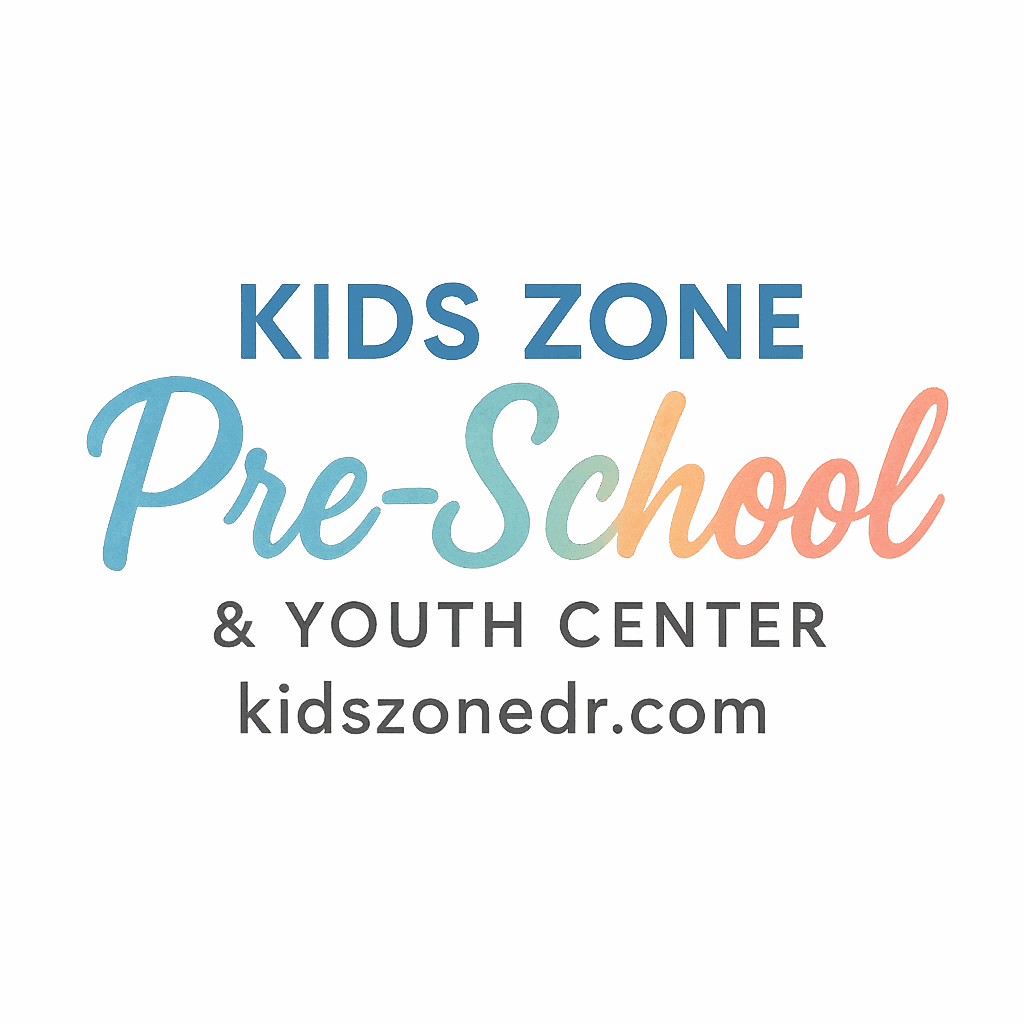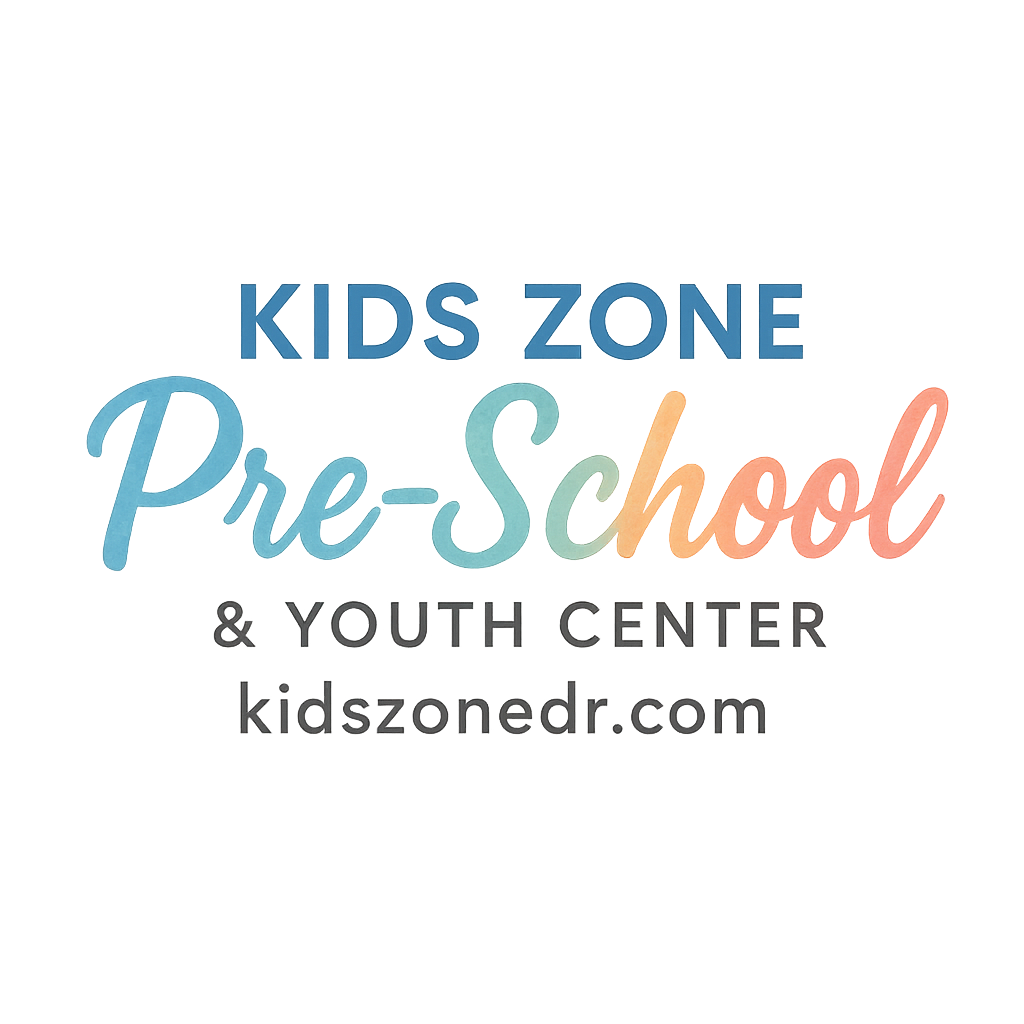Introduction: Why Your Preschool Website Matters More Than Ever
Imagine being a parent looking for the perfect preschool. You hop online, click on a school’s website, and… it’s clunky, outdated, or missing basic info. That’s an instant deal-breaker, right?
Today, a preschool’s website is more than a digital brochure — it’s your first handshake, your virtual open house, and your parent magnet. With so many options out there, families rely on online platforms like KidsZoneDr.com to explore, compare, and choose wisely. So if your preschool’s website isn’t pulling its weight, you’re likely losing leads before they even call you.
Let’s walk through the 10 essential features every preschool website should have to make sure you’re not just present online — but thriving.
1. User-Friendly Navigation
Clear Menus and Logical Structure
Parents don’t want to play hide and seek when trying to find your curriculum or contact details. Your menu should be simple, structured, and intuitive. Think tabs like “About Us,” “Curriculum,” “Admissions,” and “Contact.” Organize drop-downs so they’re predictable and uncluttered.
👉 Check out how this structure works on Choosing the Right Preschool — clear, smooth, and easy to navigate.
Mobile Responsiveness
With more than 60% of users browsing from mobile devices, if your site isn’t optimized for smartphones, you’re practically invisible. Texts should scale well, menus should collapse smartly, and loading speed should be quick. Because no one wants to pinch and zoom their way through a preschool website.
2. Engaging Homepage with First Impressions That Stick
Visual Appeal and Simplicity
Your homepage should be visually engaging but not overwhelming. Use high-quality images of your classrooms, friendly staff, and happy kids. Combine that with a clean layout, and you’re already halfway to winning parents over.
Value-Driven Welcome Message
Within 5 seconds, your homepage should answer: “Why this preschool?” Highlight what makes you special. Mention play-based learning, safety protocols, nurturing staff, and more. Link to Daily Routines & Activities to show what a typical day looks like.
3. Essential Preschool Information
School Mission and Vision
Parents want to know what drives your school. A brief yet heartwarming mission statement sets the tone and builds trust.
Daily Schedule & Curriculum
Include an overview of your daily rhythm, educational philosophy, and teaching approach. Pro tip: integrate internal links like Preschool Learning Development to provide in-depth info.
Also, tag the article for SEO using #structure, #routines, and #habits.
4. Easy Contact and Inquiry Access
Contact Forms & Click-to-Call Buttons
Make contacting you frictionless. Include a simple form for general questions, plus visible “Call Now” buttons on mobile. A fast response means higher enrollment chances.
Maps and Directions
Embed a clickable map and parking instructions. Parents visiting for a tour shouldn’t get lost on the way — literally or figuratively.

5. Parent Resources Section
Parental Involvement Guides
Parents today want to be active partners. Offer a section full of resources on how to get involved — like volunteer guides, parent-teacher conference tips, and helpful articles like Parental Guidance and Involvement.
Use tags such as #involvement, #parenting, and #parents.
Helpful FAQs and Articles
Include a living FAQ page covering everything from drop-off procedures to allergy accommodations. Link blog content to tags like #questions, #confidence, and #child-talk.
6. Updated Calendar and Events Page
Interactive Calendar Tools
Whether it’s pajama day, holiday breaks, or graduation — an up-to-date events calendar is a must. Bonus if it syncs with Google or iCal.
Announcements and News
Use a blog or bulletin board for school updates, new enrollments, or policy changes. It keeps parents in the loop and boosts your site’s activity — hello, SEO benefits!
7. Photos and Videos That Tell a Story
Virtual Tours and Real-Time Class Media
Parents who can’t attend open houses will appreciate virtual tours. Walk them through your halls, show off the play zones, nap rooms, and more.
You can also share quick videos showing circle time or craft sessions. It brings your school’s personality to life.
Student Activities Showcase
Highlight kids learning, exploring, and playing through images tagged with #learning, #milestones, and #kids-development.
8. Security and Privacy Features
Secure Data Handling
Parents need to trust that their data and their child’s images are protected. Use SSL certificates and encrypted forms to build that trust.
Permission-Based Photo Use
Always get consent before posting children’s images and make that policy clear on the site. Tag this section under #wellness or #features.
9. Enrollment and Admissions Section
Online Registration Forms
Digitize the admissions process. Include forms for waitlist, tours, and full enrollment — all accessible from any device.
Transparent Admission Requirements
Make the process clear. List age requirements, immunization policies, tuition rates, and deadlines. Link out to pages like Health & Safety in Preschool to show you’re thorough.
10. SEO and Blogging for Visibility
Keyword Optimization and Content Creation
Make your site searchable by using keywords like “best preschool near me” or “play-based learning for toddlers.” Blogging helps too — publish posts on child milestones, parenting hacks, or transitioning to preschool.
Use keyword tagging from:
Linking to Related Pages
Link internally to powerful, informative content like KidsZoneDr.com and its subpages. This helps Google index your site better and keeps users engaged longer.
Conclusion: Building Trust One Click at a Time
Your preschool website should do more than look pretty — it should educate, engage, and convert. A functional, informative, and heartwarming site builds trust before a parent even meets your staff. Implementing these 10 features means you’re not just putting your preschool on the map — you’re making it stand out.
Ready to upgrade your website? Let it become a true extension of your preschool’s warmth, care, and excellence.
FAQs
1. What should I include on the homepage of my preschool website?
Your homepage should have a warm welcome message, high-quality visuals, a snapshot of your philosophy, and easy navigation to core pages like curriculum, contact, and admissions.
2. How often should I update my preschool website?
Regularly — ideally monthly. Update the calendar, news section, and blog content to keep it fresh and improve your SEO ranking.
3. Why is mobile responsiveness important for preschool sites?
Most parents browse on mobile. If your site isn’t optimized for phones or tablets, you risk losing their attention — and trust.
4. What makes a preschool website SEO-friendly?
Great keywords, internal linking (like to KidsZoneDr.com), optimized images, fast load speed, and regular content updates.
5. Should I include enrollment forms online?
Absolutely! Online forms make the registration process faster and more accessible for busy parents.
6. Is it okay to post pictures of students online?
Only with permission. Always use a privacy policy and secure uploads.
7. Can blogging really help my preschool site?
Yes! Blogging improves SEO, showcases your expertise, and keeps families informed. It’s a win-win.


